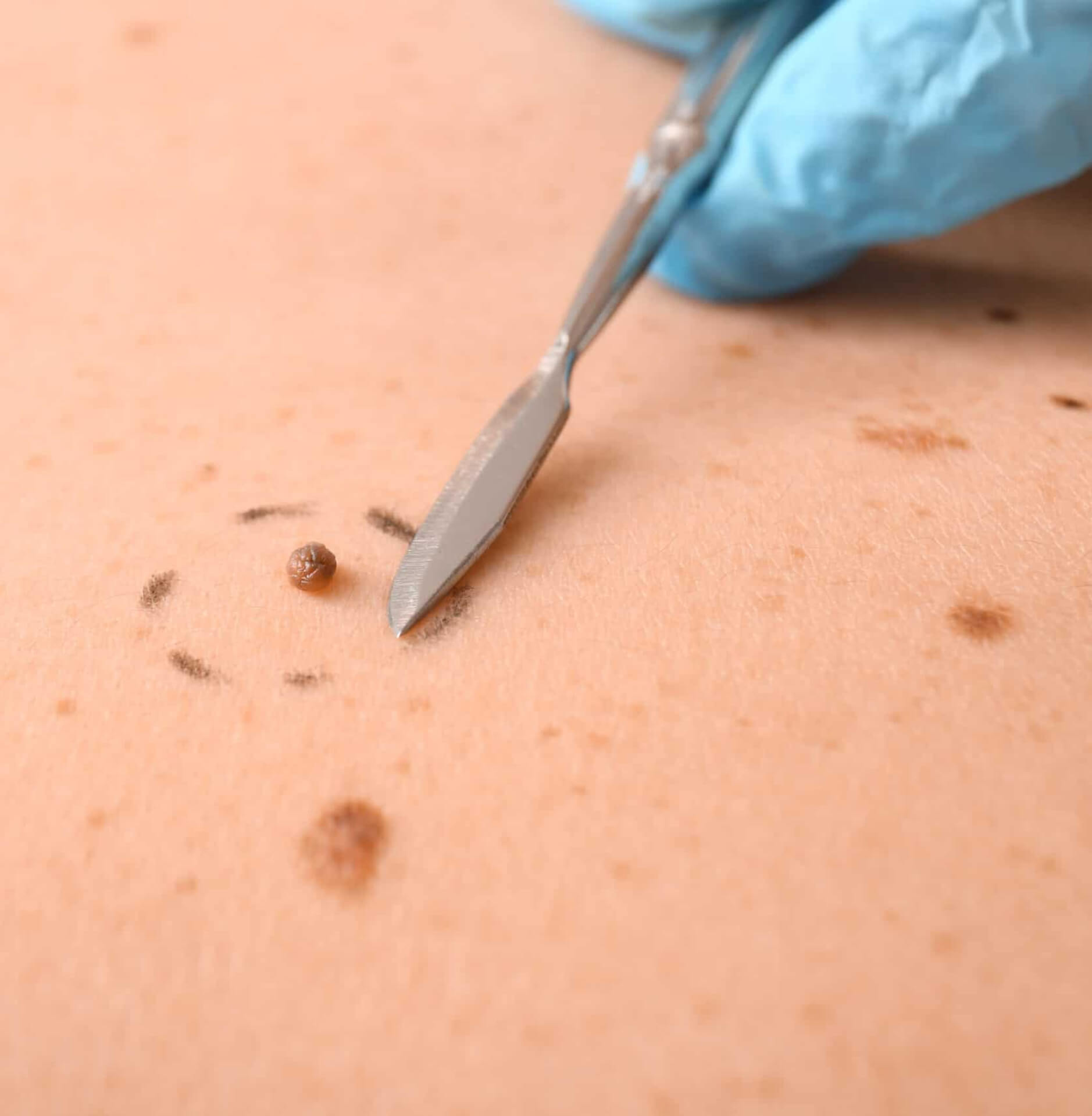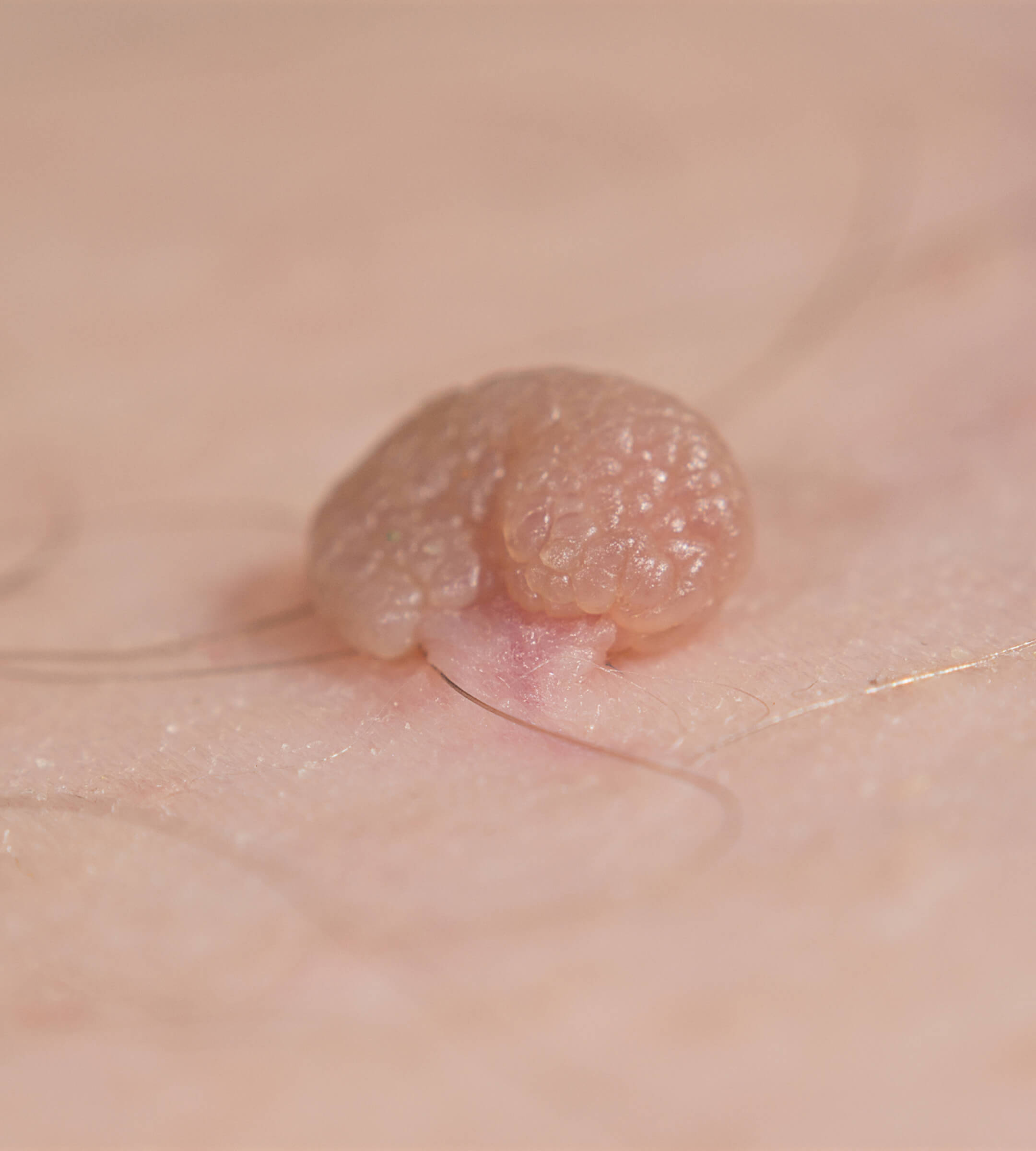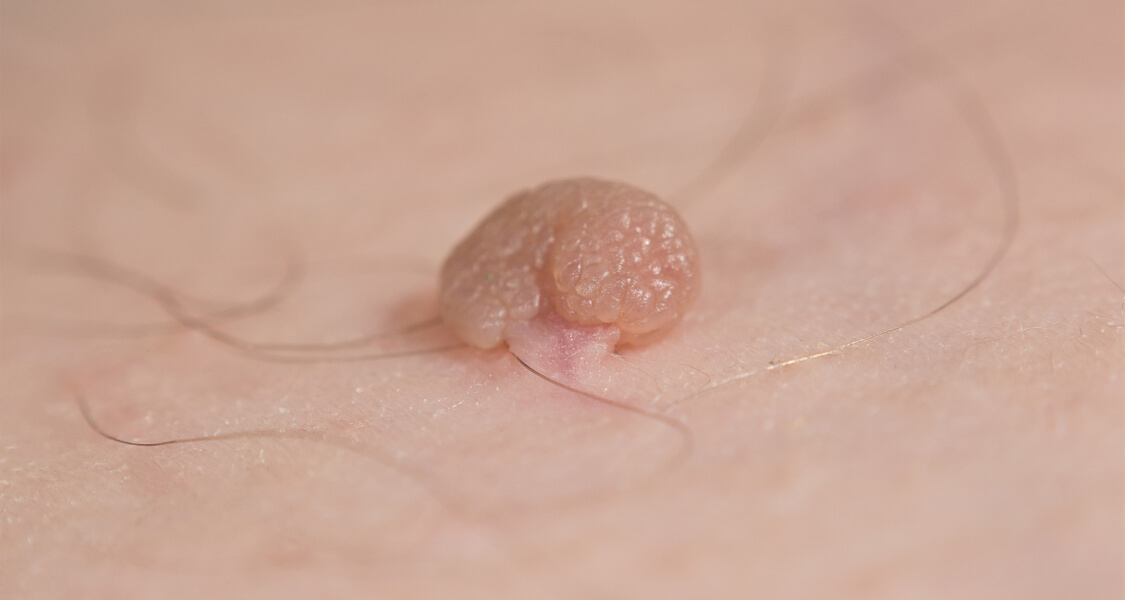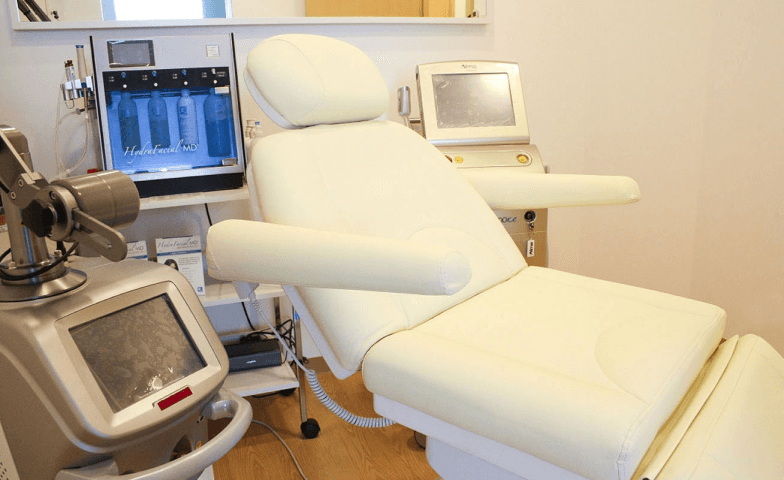Common Causes Of A Skin Tag
Although the exact cause of skin tags is unknown, there are various theories on why they develop.
-
Obesity
Frequent skin rubbing against the skin in body folds may contribute to their creation. This is why overweight or obese people are more likely to have skin tags.
-
Friction from clothing or jewelry
Aside from friction from skin-to-skin rubbing, skin tags may also develop if there is frequent friction from clothing and jewelry to the skin.
-
Diabetes
Insulin resistance may play a role in the development and growth of these benign tumors and can be a sign of early diabetes.
-
Human papillomavirus (HPV)
Some studies show that HPV was found in a high percentage of the growths, indicating that the virus might have a role.
-
Genetics
Studies have also shown that some people have a genetic predisposition to the development of skin tags and thus can run in families.
-
Aging
The reason behind this is probably that friction builds over time as well as loss of skin elasticity in older people. Sagging skin has the tendency to rub more than firm skin.
-
Hormones
Changes in hormone levels such as in pregnancy, polycystic ovary syndrome, or acromegaly can cause the development of skin tags.










